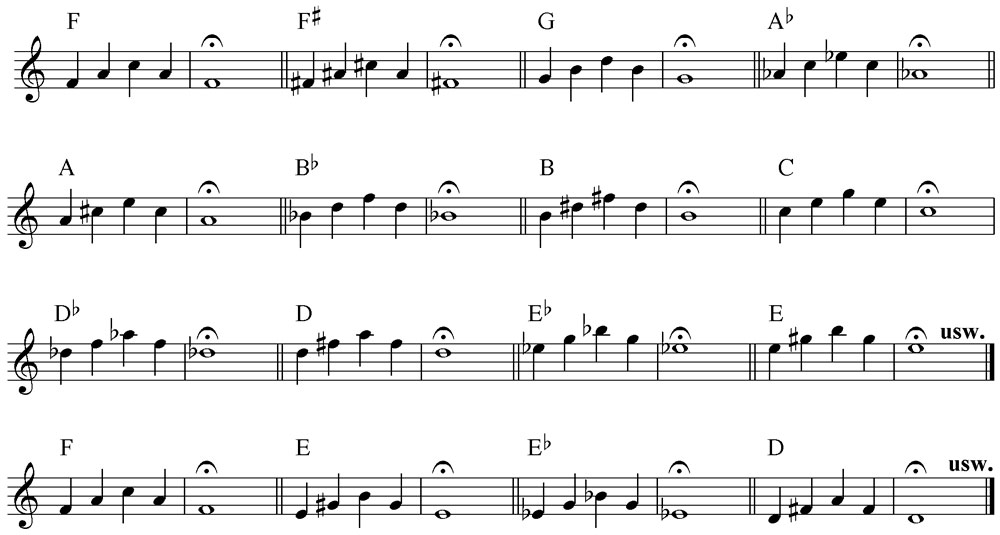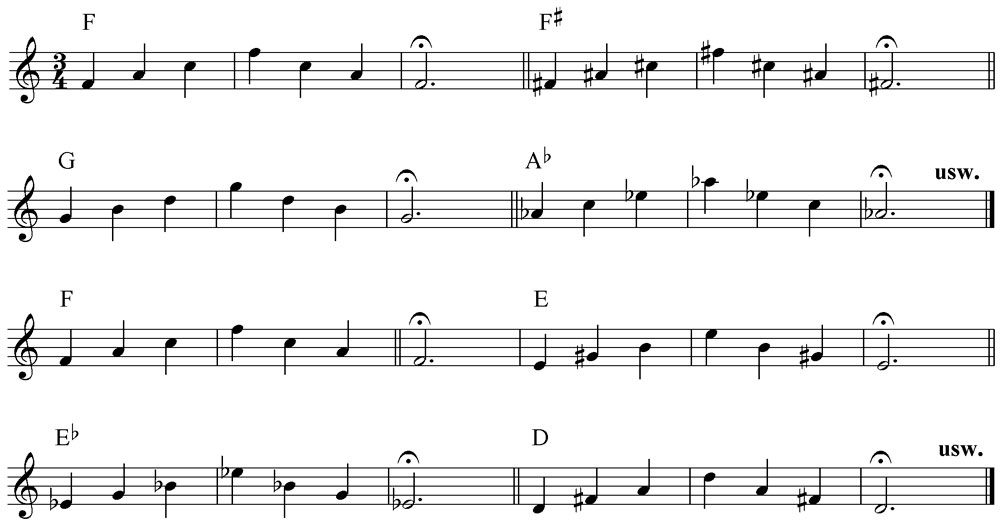Introduction
First things first: tuning the saxophone is relatively easy and most methods show you how to:
Inserting (or winding) the mouthpiece as far as it will go into the bocal will lead to the saxophone being tuned relatively high. Inserting the mouthpiece only slightly into the bocal (causing the better part of the cork to remain visible) lowers the saxophone’s pitch.
Reference notes
As a rule, your saxophone needs to be tuned before a rehearsal or concert, based on a reference note"”the A in a classical environment, the Bb in a jazz combo or music society.
So far, so simple. But the details are far more tricky, and that is what I would like to tackle now.
Reference note (sounding): A
Alto saxophone fingering: F#
Tenor saxophone fingering: B
Reference note (sounding): Bb
Alto saxophone fingering: G
Tenor saxophone fingering: C
What do I need to pay attention to while tuning?
Below please find a few simple but effective tips to get more mileage out of tuning your instrument:
Inexperienced sax players may have a hard time spotting whether their instrument is sharp or flat relative to the reference note. This problem tends to go away the more you play with others. At first, you may only notice that something "isn’t quite right". Yet, the more you play, the better you will become at spotting what bothers you and how to correct it. Here’s my advice for saxophone players who "just don’t get it": keep doing it"”tune your saxophone every day, taking care to listen closely. At some stage, it will work.
Reference note
And there are other tuning tips: I myself never play while the reference note is sounding. I only play when it is off, taking turns with the reference note and my own playing. This allows me to spot even slight differences I wouldn’t be able to hear while playing together with the reference note, in which case I only hear that something is wrong.
Try to hear the note "ahead of time". What might that be? You listen to the reference note and just before playing it yourself, you try to imagine how that note needs to sound on your saxophone. If the note you play matches the one you imagined, your sax is tuned correctly. If it doesn’t, "listening ahead" may well allow you to decide whether your sax is sharp or flat.
Sharp und flat
Speakers of German don’t use "sharp" and "flat", by the way"”they call it "too high" and "too low". And some of them agree that these notions do not really help them while "fine-tuning" their saxophone. Consider this: "sharp" also means "sharp-edged", "pointed" or "glaring", while "flat" can mean "dull" or "lacking emotion". Maybe this will help you tune your instrument faster. If you notice that your sax doesn’t sound right but cannot tell whether it is sharp or flat, just think of the alternative meanings: is it "dull"? BINGO"”it is most probably flat (too low). Does it sound "glaring? PRESTO"”it must be sharp (too high).
Rehearsal and performances
Let’s move on to a very important point I keep noticing in big bands and music societies: at the tuning stage, quite a few inexperienced sax players blow their horn in a different way than during the rehearsal or performance proper! While tuning, they blow softly, as though they wanted to avoid being noticed by the other musicians. During the rehearsal or concert, they play much louder and "freer", secure in the knowledge that their instrument is somehow a part of the entire band but never noticeable as such. Well, it may still be, but for the wrong reason: their tuning is off. So, for what it’s worth: at the tuning stage, play exactly like you play during a rehearsal or performance to ensure that your instrument is indeed tuned correctly.
Intonation exercises
Here are a few additional exercises to help you improve your intonation. In the case of a saxophone, intonation is closely related to hearing yourself, i.e. you need to listen to yourself to be able to correct your intonation where necessary (this is something you can learn and practice"”and after a while it will become second nature). To practice this, be sure to play note sequences that are easy to follow, like fourths (an interval you may know from old ambulance sirens), broken chords (most people immediately notice when chord notes are off) as well as octaves, which are also a perfect embouchure exercise for the various saxophone ranges. Here we go:
Exercise 1
Below please find a number of intonation exercises. There is no need to play them all. Just select one, play it by way of a warm-up exercise for several days, then switch to a different flavor. This will allow you to train your intonation skills for a few minutes a day. Be sure to play the exercises slowly and to listen to yourself. Again, "listening ahead" (see above) may help you hit the right pitches.
Exercise 2
The second exercise is about playing broken chords, a.k.a. arpeggios. If you are not really familiar with chords, just look at the first two lines where you will find them in all keys. Being able to play them by heart will help you understand quite a few secrets related to music theory. Again, play this exercise slowly.
Exercise 3
Let us elaborate on broken chords by adding the fundamental in the upper octave. This exercise is perfect for playing in different registers. In the next part of this fine-tuning workshop, I will cover a few hints and tips regarding the effects of the weather and temperature on your tuning, construction details and slight detuning effects caused by warm-up exercises. There will also be a few interesting exercises with accompaniments that make them even more fun.to
Thanks for reading this and keep thinking ' bout sax, baby...





